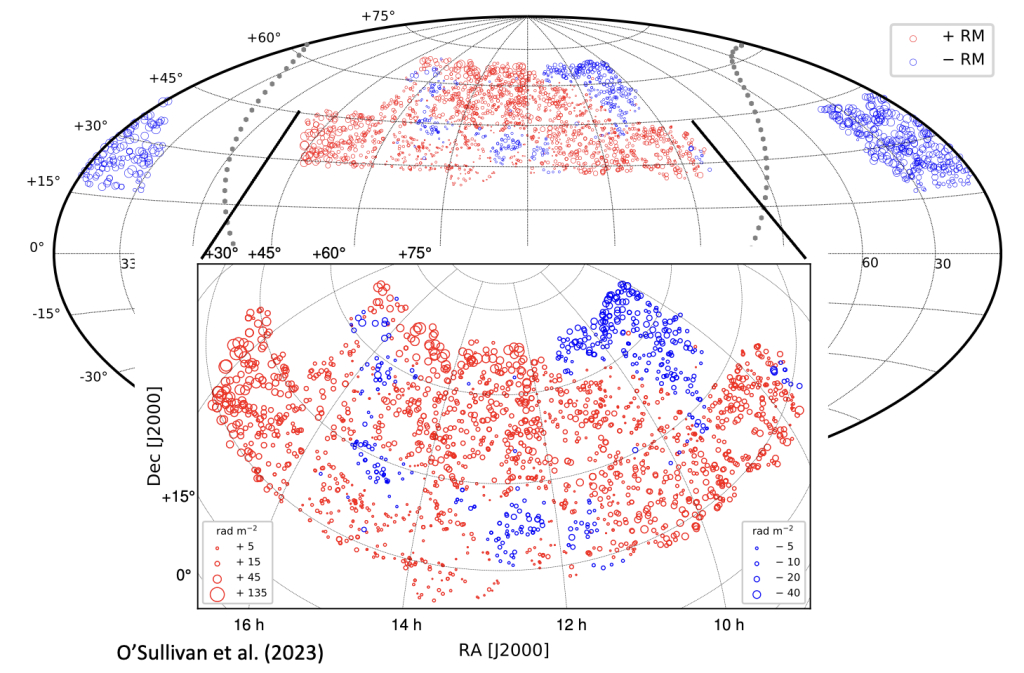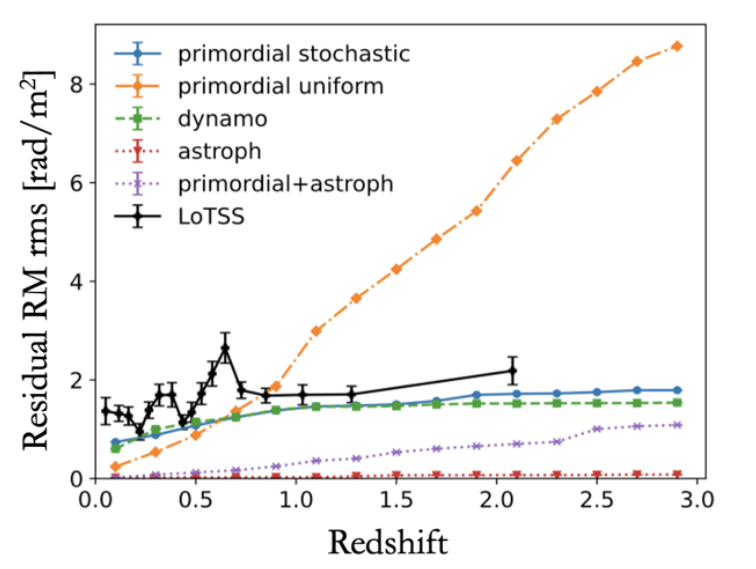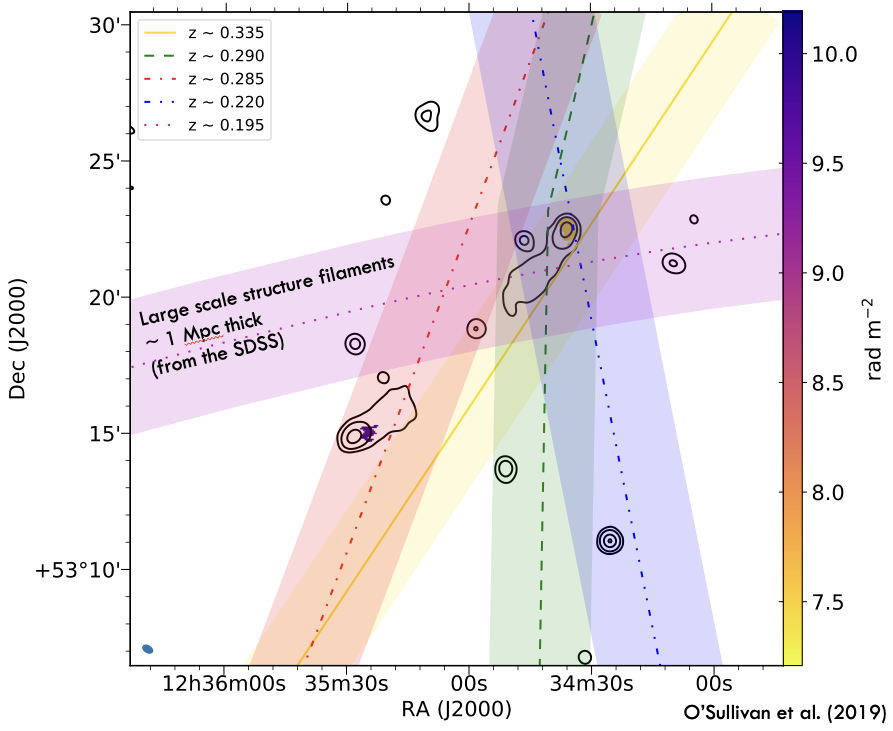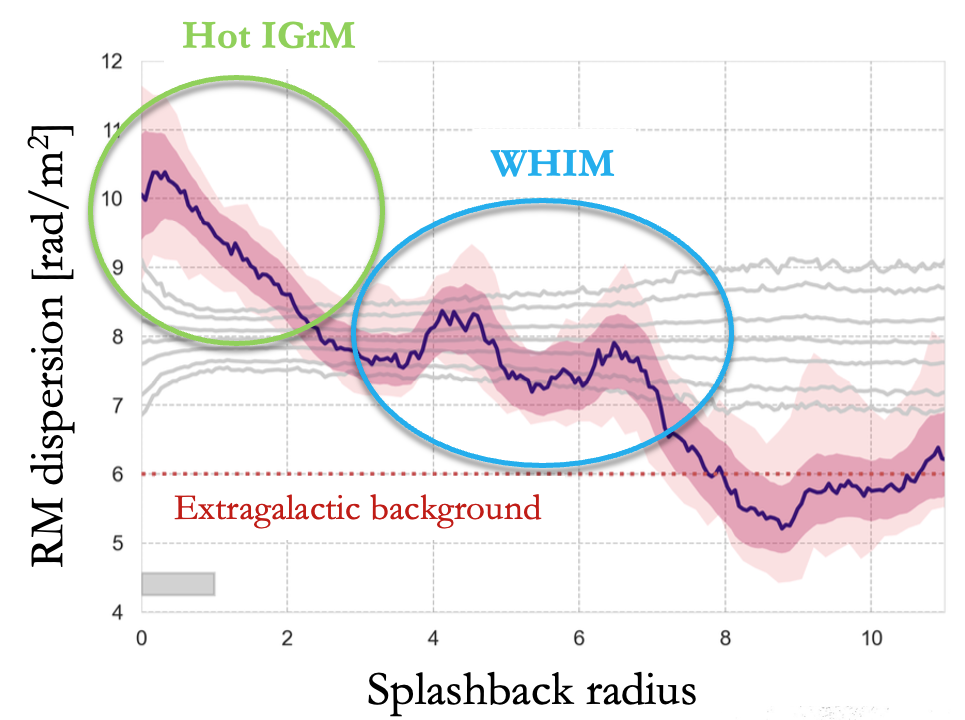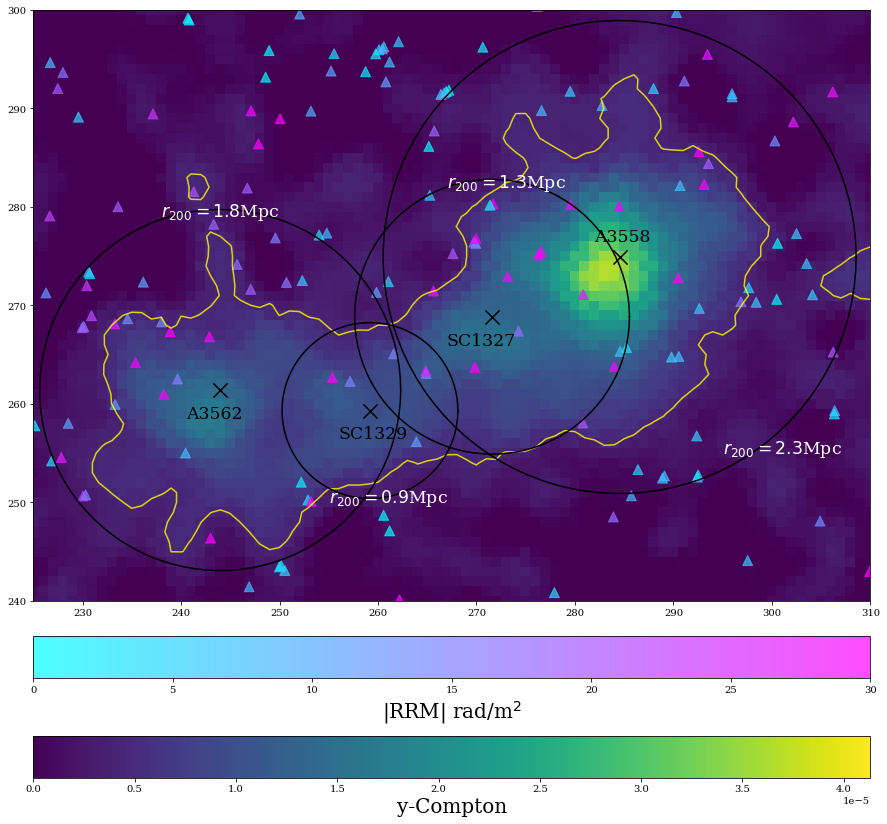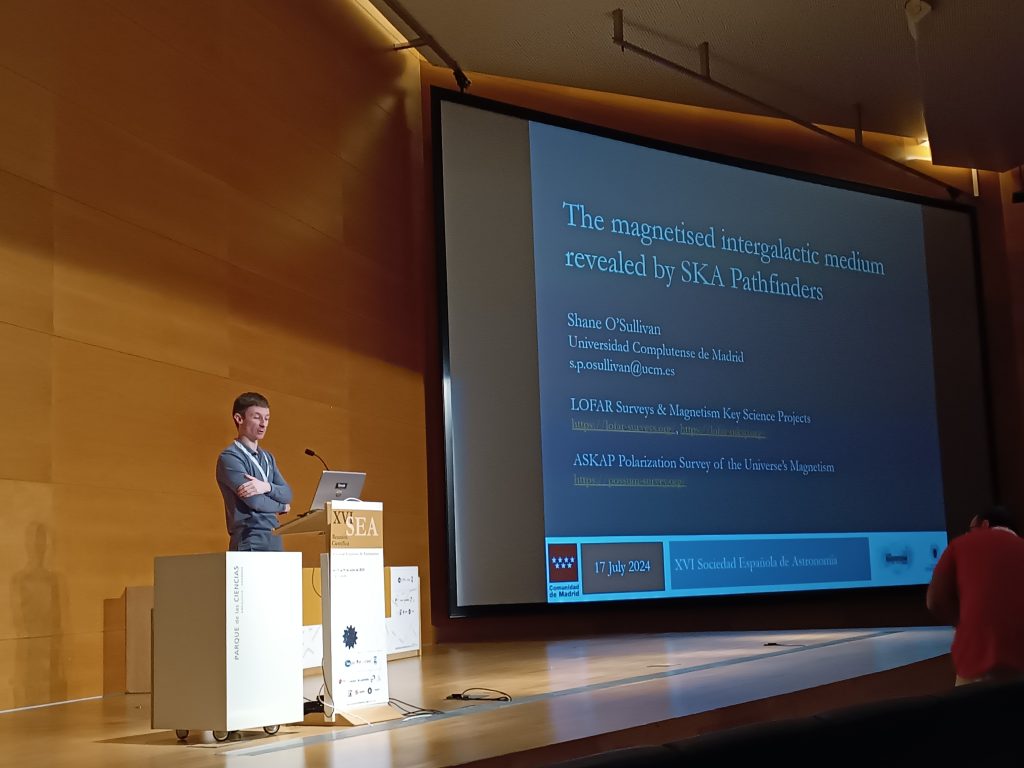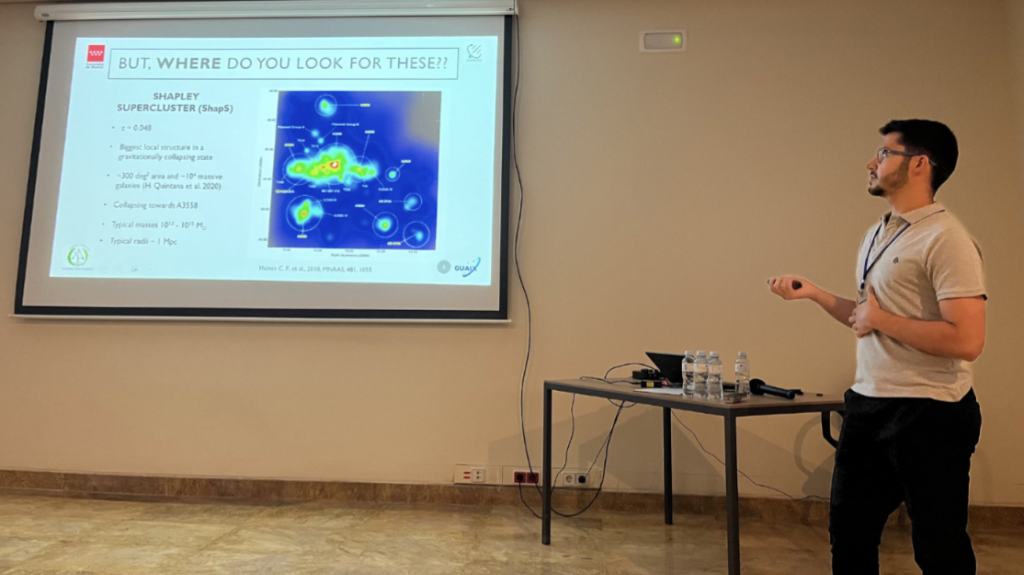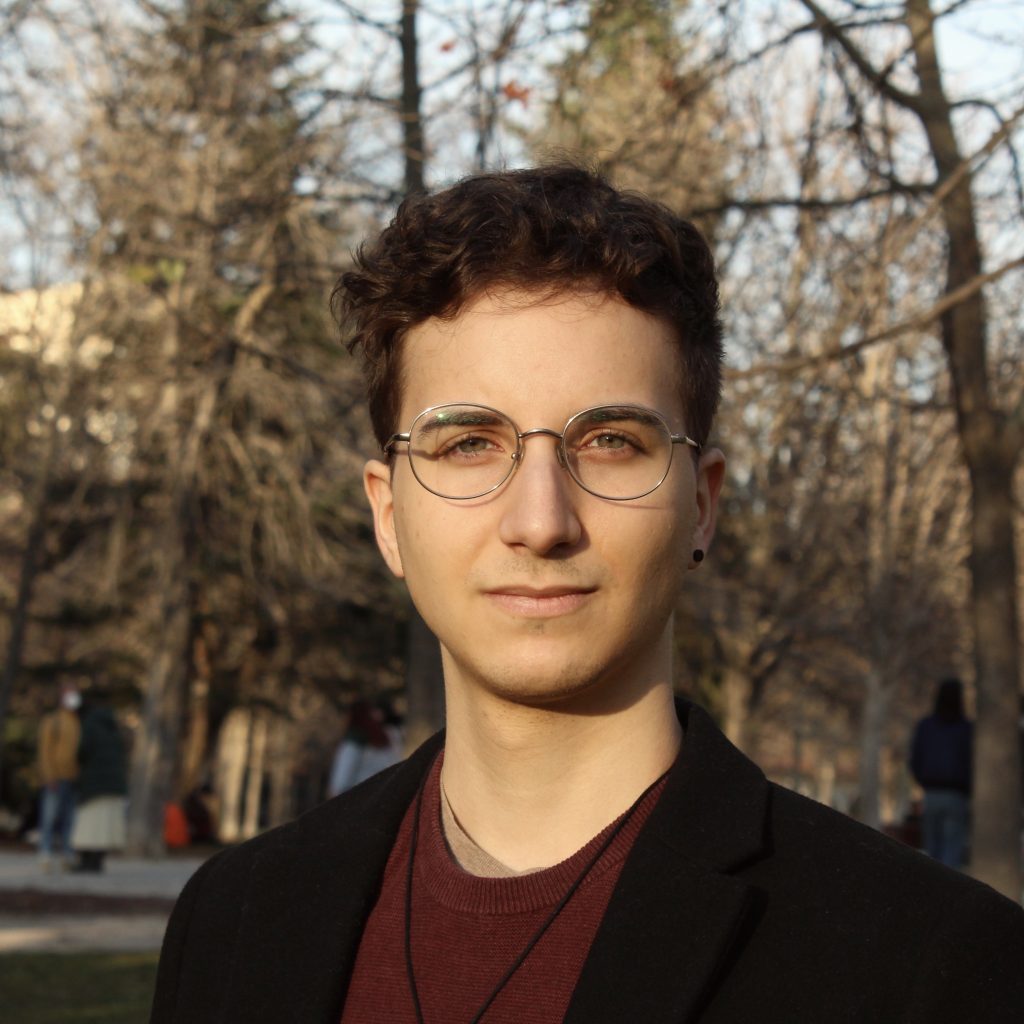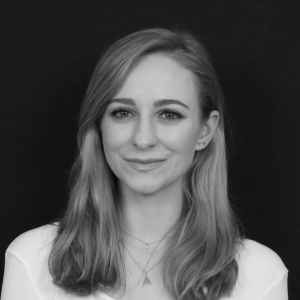Despite their ubiquity, we do not know the origin of the large scale magnetic fields that are observed to exist throughout the cosmic web. Recent evidence suggests they were created in the very early Universe (ie. primordial magnetic fields), and thus provide a unique probe of the physical conditions before the epoch of recombination (ie. the CMB). It is important to constrain the properties of these primordial magnetic fields because they can influence the formation of the first stars and galaxies, are linked to the stochastic gravitational wave background, and may even solve the so-called Hubble tension.

